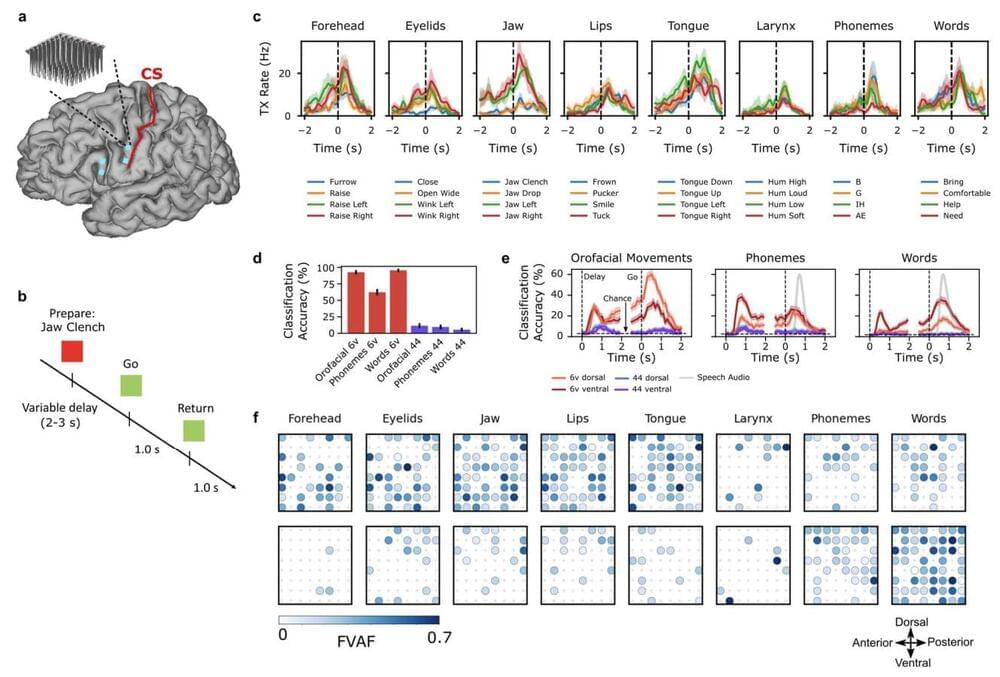Sep 2, 2023
Turbocharged Python: AI Accelerates Computing Speed by Thousands of Times
Posted by Quinn Sena in category: robotics/AI
Their development Scalene, an open-source tool for dramatically speeding up the programming language Python, circumvents hardware issues limiting computer processing speeds.
A team of computer scientists at the University of Massachusetts Amherst, led by Emery Berger, recently unveiled a prize-winning Python profiler called Scalene. Programs written with Python are notoriously slow—up to 60,000 times slower than code written in other programming languages—and Scalene works to efficiently identify exactly where Python is lagging, allowing programmers to troubleshoot and streamline their code for higher performance.
There are many different programming languages—C++, Fortran, and Java are some of the more well-known ones—but, in recent years, one language has become nearly ubiquitous: Python.


















